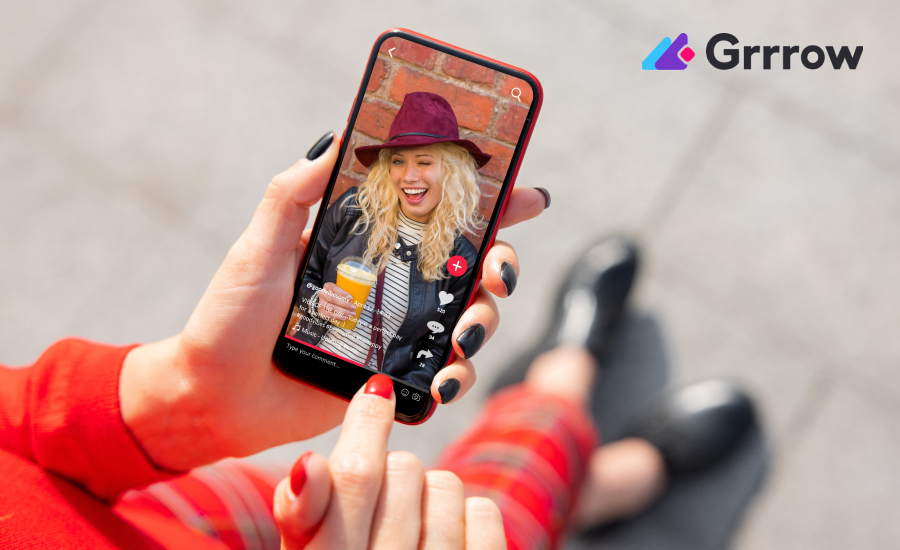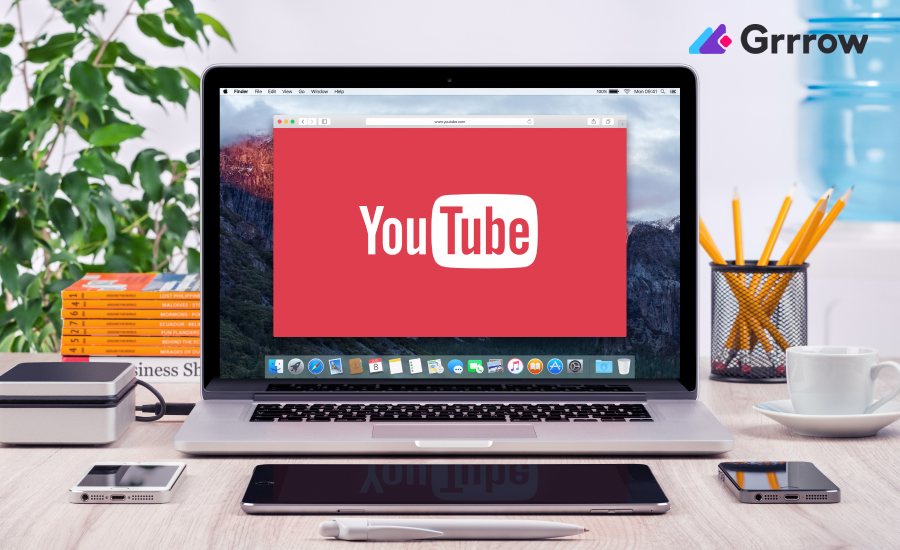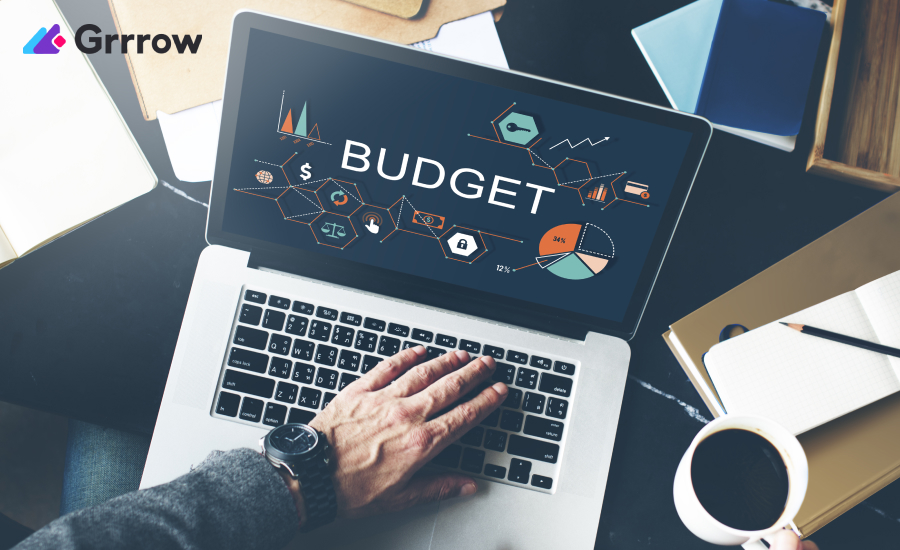Have you ever wondered how social media channels determine which content should appear on your feed? It’s about algorithms that are being formed on the basis of your past behavior and content relevance to what you see live up to your expectations and bring you the posts you want to engage with.
That’s all well and good, except for the fact that the algorithms are constantly changing, forcing marketers to keep abreast and make adjustments to their strategy. Adapting to these changes is not easy, however, it’s necessary for increasing your visibility, reach, and engagement on social media. With this in mind, we’ve compiled a set of algorithms hacks, and insights to help you win over them. Let’s dive into the significant ones for the most widely used social media channels.
How Instagram Algorithms Work

- The more you interact with people, i.e., save the posts they add, send them messages, and like and share their content, the more likely you’ll see them. It therefore follows that it’s essential for companies to encourage and actively react to users’ engagement.
- Once Instagram identifies that a user has a preference for a particular topic, for instance, a workout, it prioritizes showing them everything that concerns the topic: exercises, accounts with the cheapest protein, clothes for sports, etc.
- Instagram assesses the ‘relevance’ of each post, taking into account its alignment with current trends and the up-to-dateness factor, favoring more recent content.
- The more accounts a user follows on Instagram, the harder it is to secure a spot in their feed. With so many accounts vying for attention, there is more competition for visibility, so it’s vital to generate engaging and relevant content to stand out.
How to Benefit from TikTok Algorithm

TikTok’s algorithm is unique because it’s created to palm off new pieces of content rather than displaying content from users you already follow. Its algorithms give priority to the following key pieces.
Engagement rate
The more likes, account follows, comments, shares, views, re-watches, and saves a post grabs, the more likely it is that such content will appear in users’ feeds and will reach a larger audience of people.
Video Information
TikTok considers the content within the video to determine its subject matter and subsequently evaluates your potential interest, taking into account various aspects such as keywords in captions, audio tracks, hashtags, visual effects, or text overlays.
Device and account configurations
Yes, these factors are given less emphasis in TikTok’s algorithm. However, language preferences and geographical settings are more apparent. This aligns with user expectations to view videos in their preferred language. Additionally, TikTok considers the type of device you’re using as part of its algorithm. This helps ensure the platform delivers videos optimized for your device, enhancing the overall user experience, particularly for those using older gadgets or bigger screens.
Pressing the “Not interested” button
Recall the previous mention that TikTok occasionally introduces you to videos covering new topics in your feed. If this content missed you, there is the “Not Interested” option at your disposal. This allows users to inform the platform when they prefer not to see specific content, aiding TikTok in refining the content recommendations more effectively.
And, last but not least to add about TikTok is that the number of followers and previous content with high engagement rates don’t play a role in how the TikTok algorithm ranks your content.
How Facebook Algorithm Works

Meta employs dedicated experts in the field of AI, whose responsibilities involve enhancing the algorithms responsible for linking Facebook users with content that holds the highest value for them. These algorithms have undergone modifications and adjustments in their significance. As for now, Facebook assesses the relevance of posts to users by considering these primary signals.
Content Source
Posts from those you engage frequently with, are given priority, so this content will show up in your feed with a high probability.
Content-Type
Your predominant interaction with certain content types guides what you see more of. For instance, if you engage primarily with videos, your feed will feature more videos, and the same applies to photos and other formats.
Post Engagement
Content that garners substantial engagement, particularly if it’s posted by those you interact with the most, is preferred by the Facebook algorithm.
Furthermore, Facebook provides users with choices to fine-tune the algorithm and personalize their feed:
- You have the ability to designate a maximum of 30 pages as your Favorites. Posts originating from these accounts will receive higher visibility in your feed.
- Within your feed, there are various choices available when clicking on a post, like the ability to hide the content you are not interested in, mute a user, or include or exclude someone from your “Favorites” list. These actions contribute valuable insights to Facebook, indicating your content preferences and the types of posts you wish to encounter more or less frequently. Regarding ads, there is the “Hide ad” option. By clicking on it, Facebook provides you with a range of choices to specify the reason you wish to conceal the ad. Your answer aids Facebook in comprehending your preferences for future commercials you don’t mind watching and those you’d prefer to steer clear of.
How the YouTube Algorithm Works

In 2023, YouTube’s algorithm underwent a significant transformation, revolutionizing the way viewers discover and engage with content on the platform. With an aim to enhance user experience, the YouTube algorithm began making personalized suggestions to each viewer, tailoring their recommendations based on a variety of factors which are the performance and quality of the videos, as well as the viewer’s past video interactions and viewing history.
Video Performance Analytics
It includes various metrics, like view duration, satisfaction, dislikes, and click-through rate that play a vital role in determining the reach and promotion of content on YouTube. Most viewed videos tend to receive more algorithmic support, leading to increased exposure and potential viewership.
Viewer’s Watch History
YouTube uses this information to recommend content that aligns with the viewer’s interests and preferences. By analyzing the types of videos a user has watched in the past, YouTube can suggest similar content that is likely to be of interest. This personalized approach enhances the user experience by providing relevant recommendations tailored to individual preferences, increasing the likelihood of engagement and prolonged viewing sessions.
Wrapping Up
Social media algorithms stand as a pivotal factor for any company aiming to thrive in today’s online environment. By gaining insights into the inner workings of algorithms and harnessing appropriate tools and tactics, you have the potential to enhance your online presence, expand your reach, and foster engagement across different platforms.
Yet, it’s essential to acknowledge algorithms are in a constant state of evolution, which can present challenges in keeping up with the latest trends and alterations. This is where Grrrow.me experts will come to the rescue. No matter what you need – crafting and executing tailored strategies to amplify your brand’s online impact or content creation, we’ve got you covered.
Don’t miss out on the countless opportunities waiting in the social media world – let’s elevate your brand together. Contact us now and let the transformation begin.








